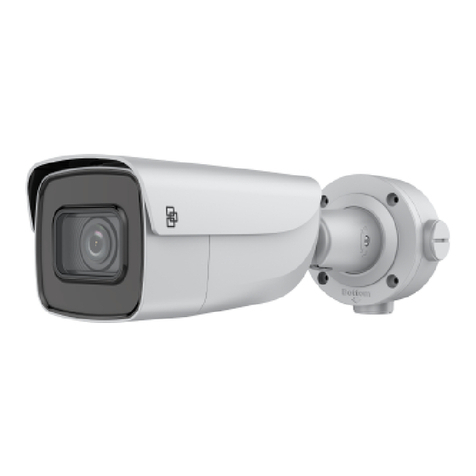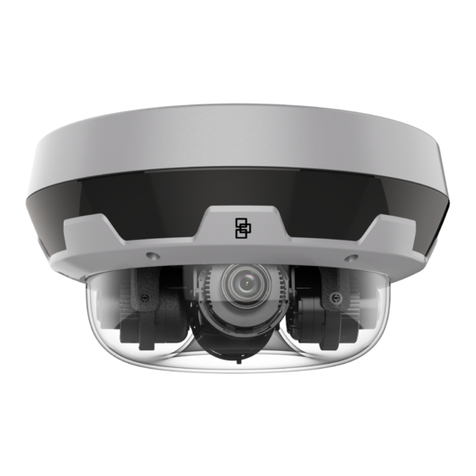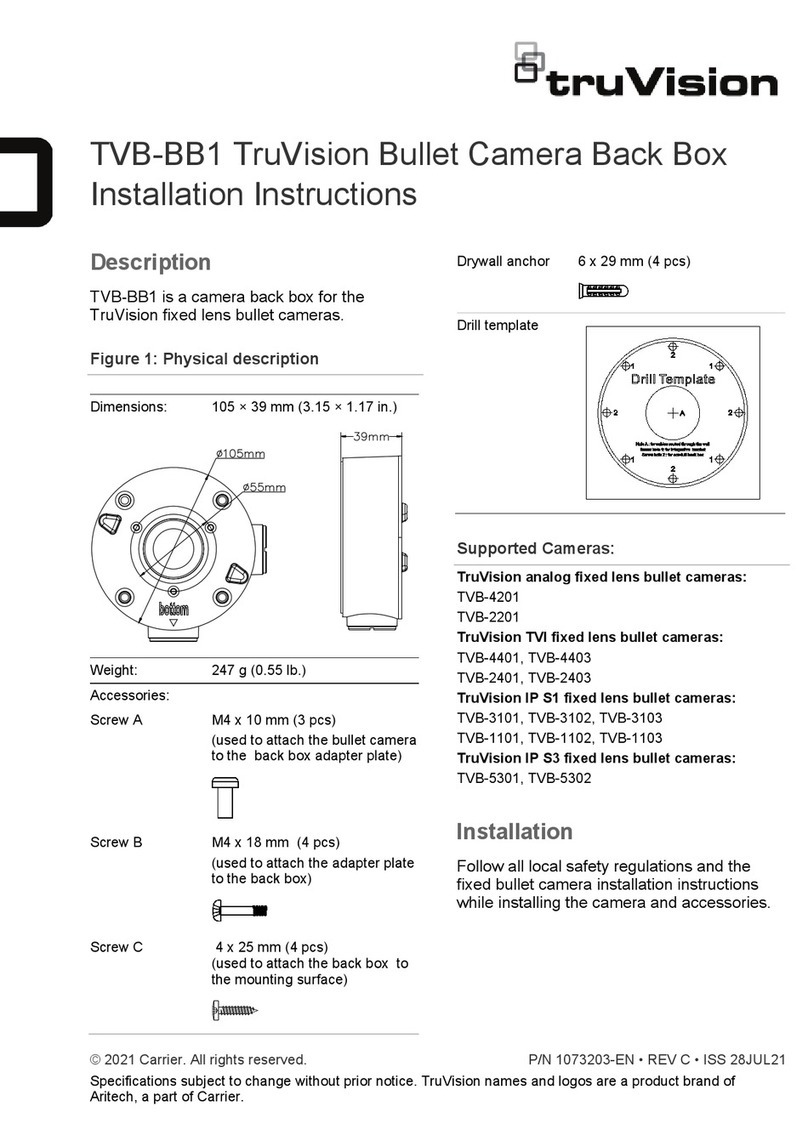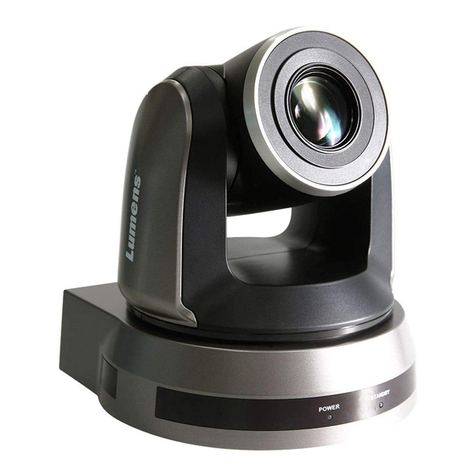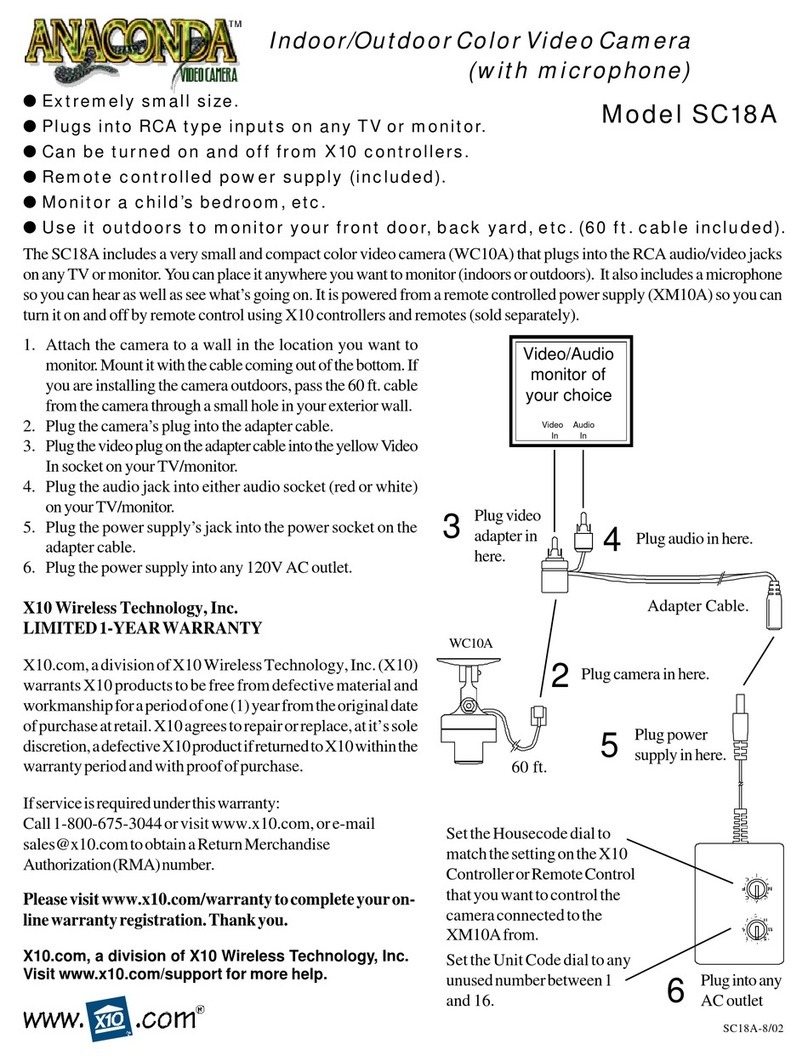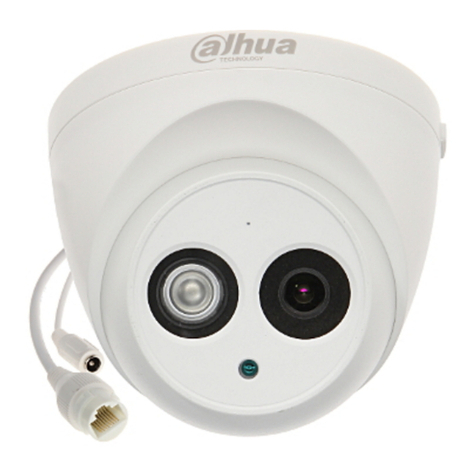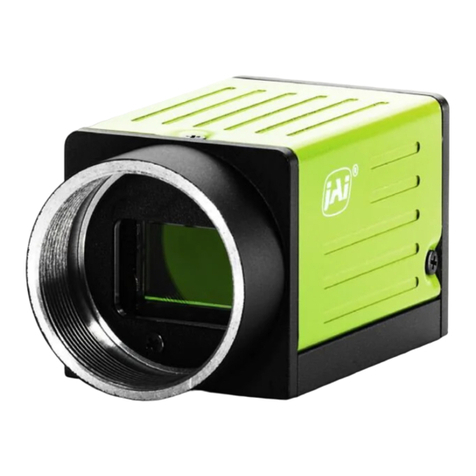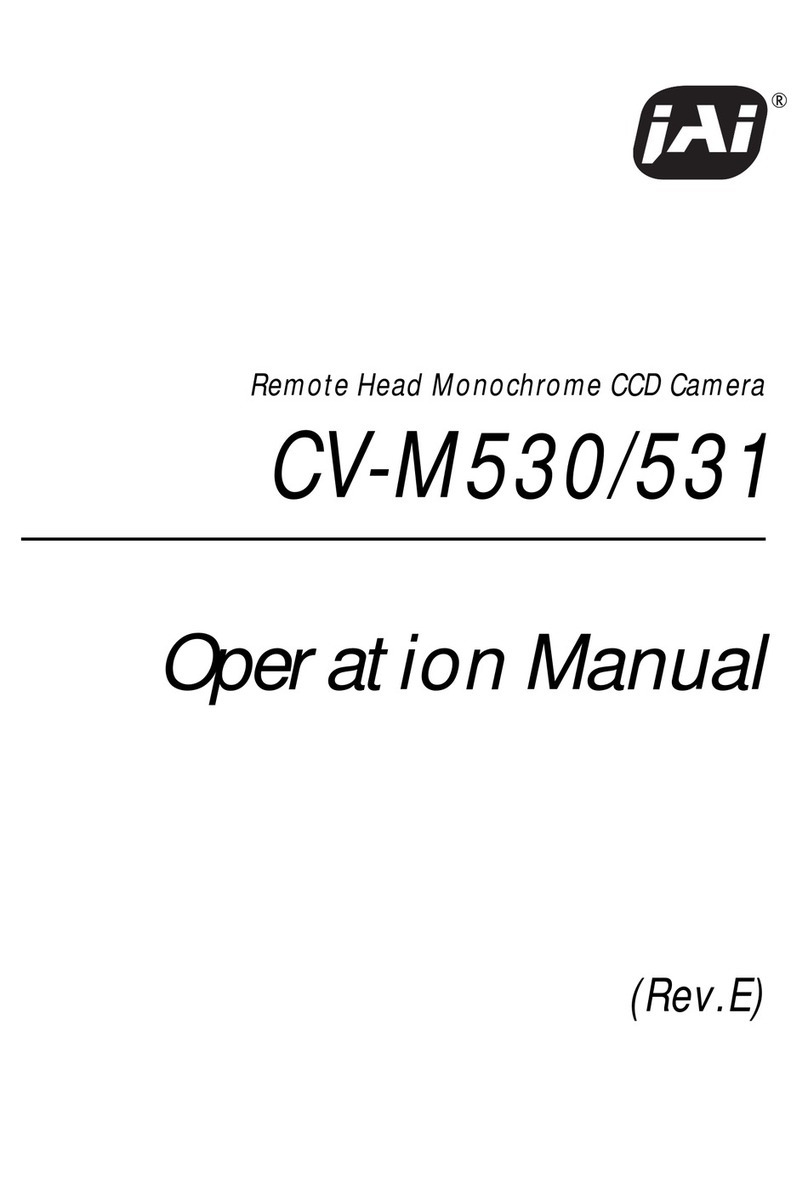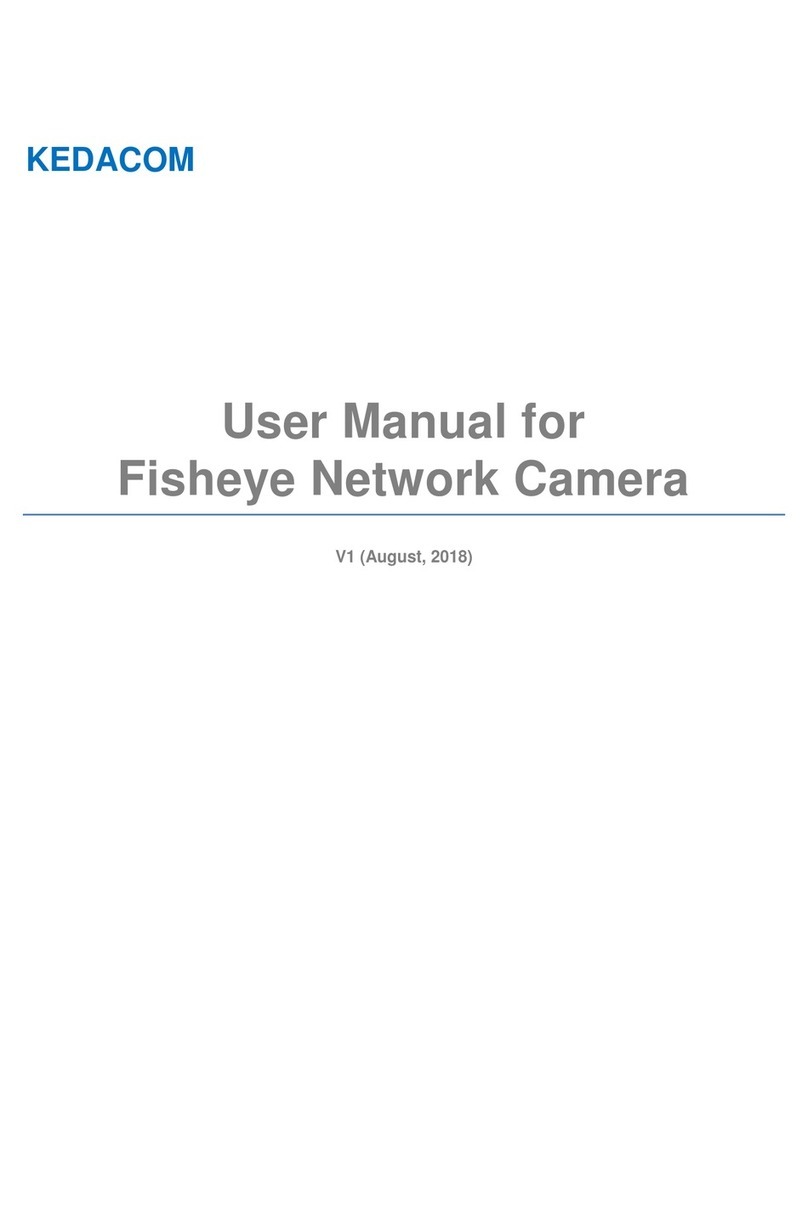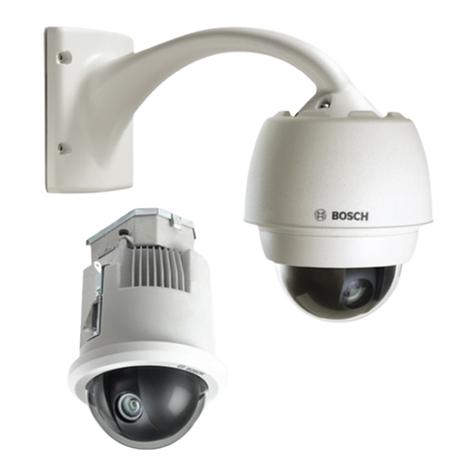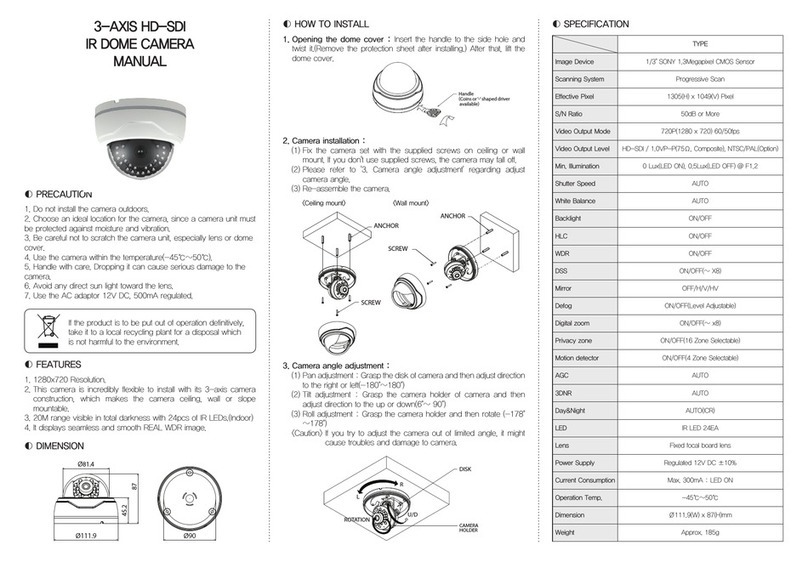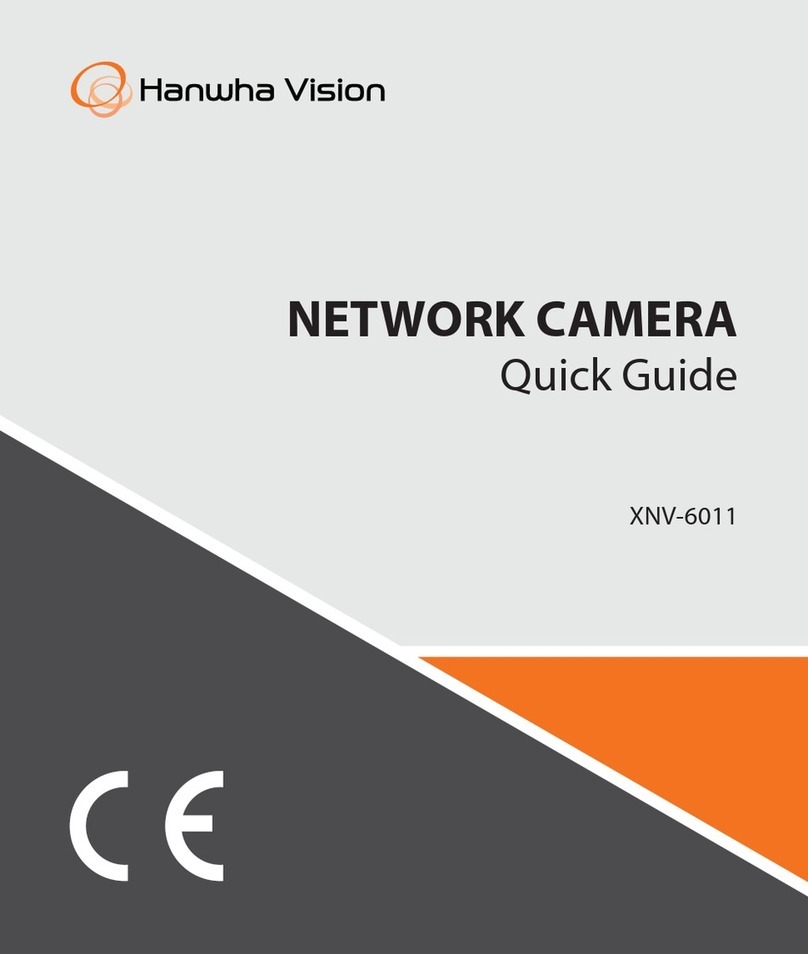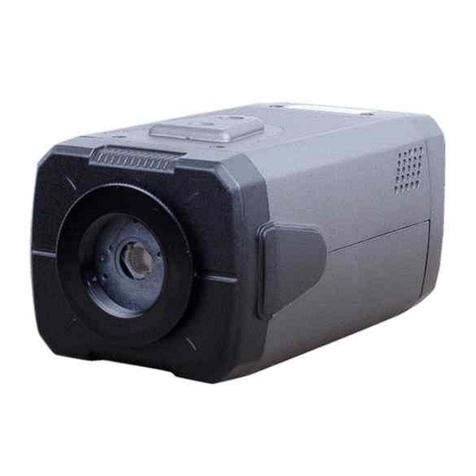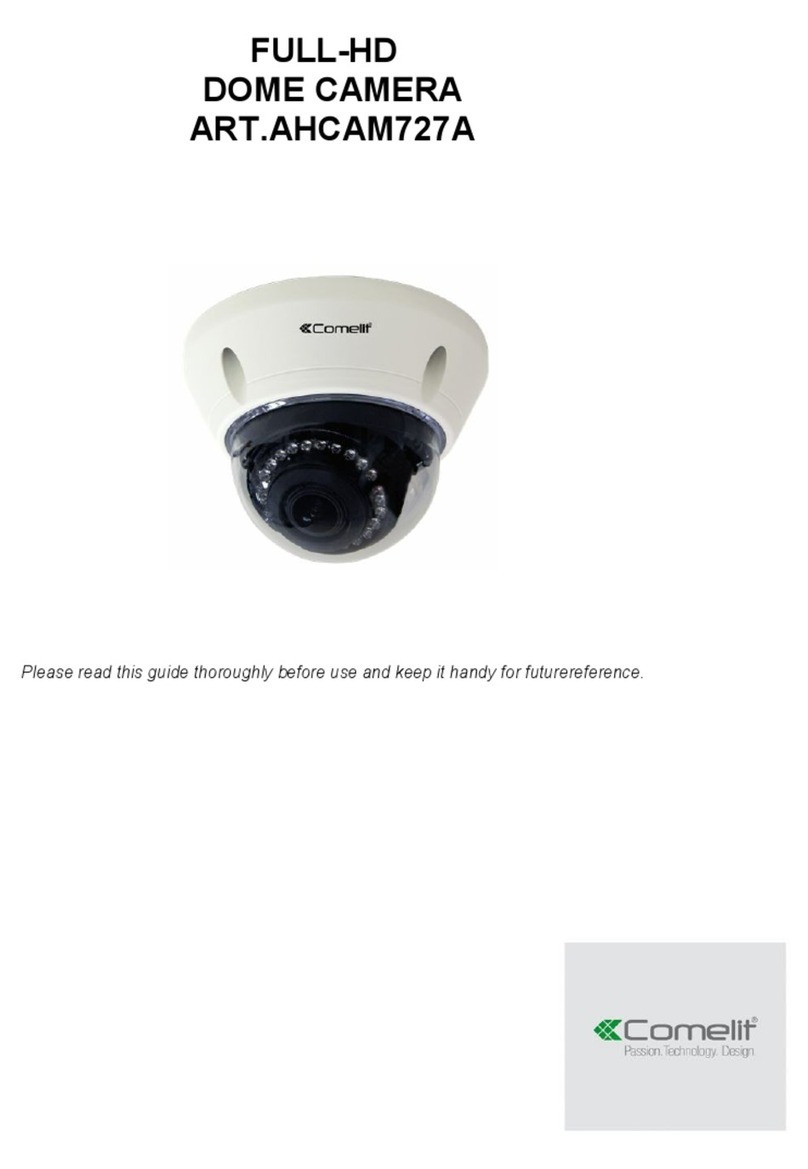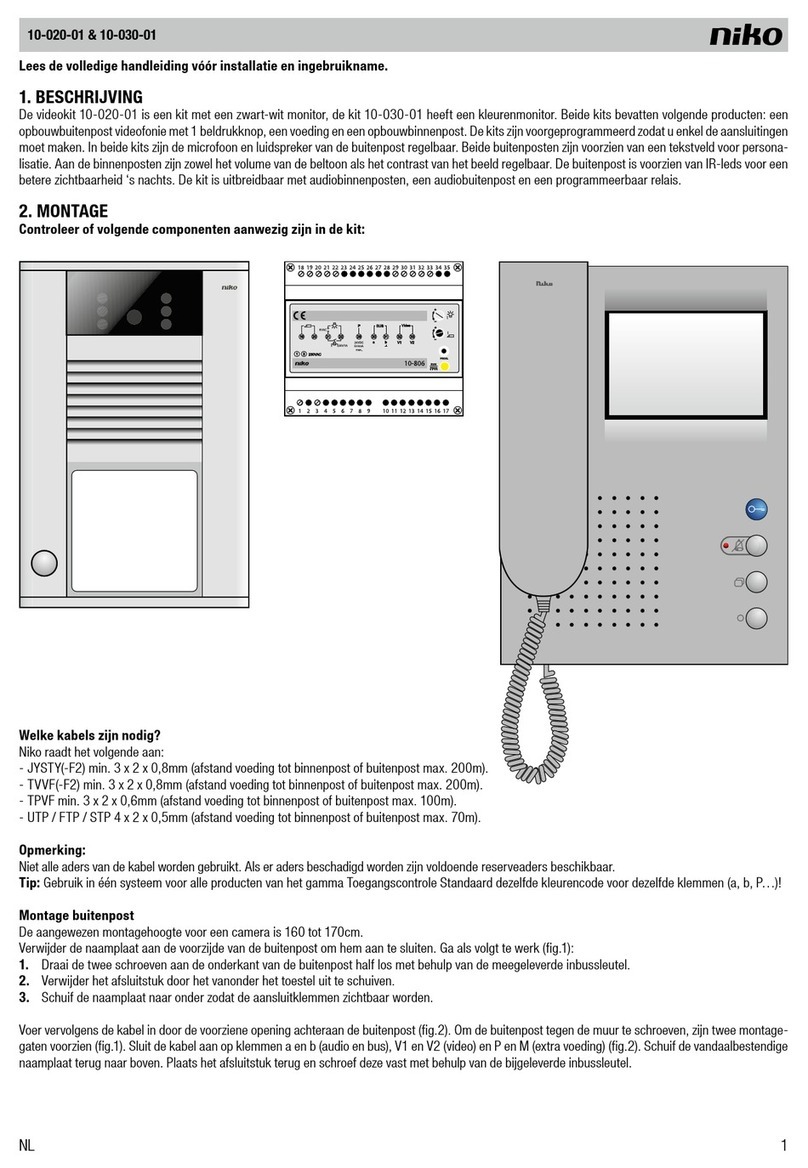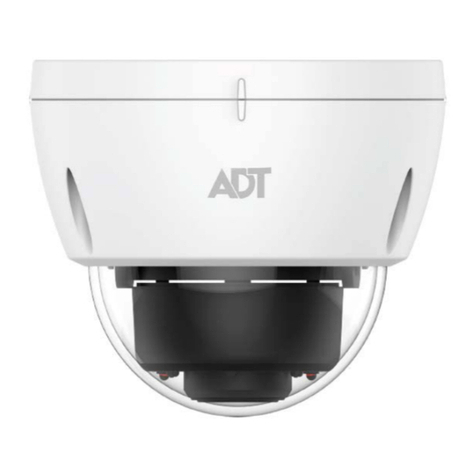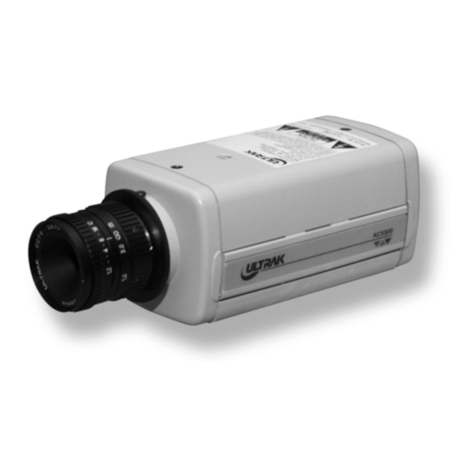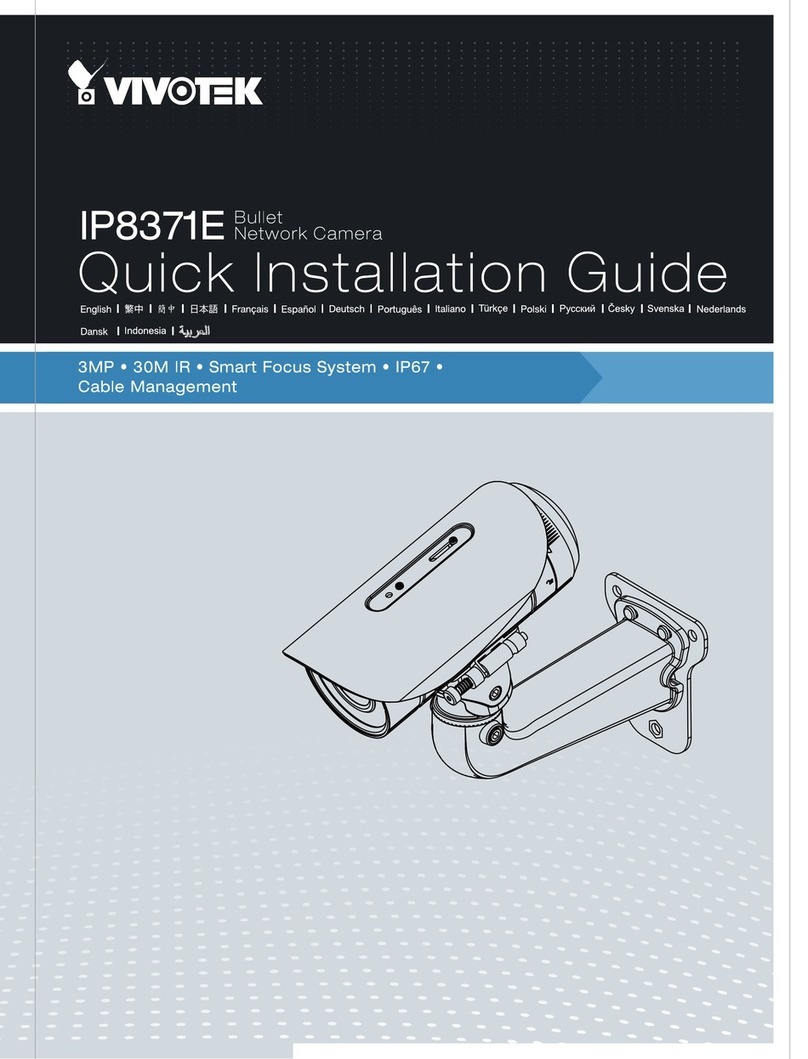TruVision TVB-5412 User manual

TruVision
ANPR IP
Camera Installation
Guide
P/N 1073574-EN • REV B • ISS 04MAY21

Copyright
© 2021 Carrier. All rights reserved. Specifications
subject to change without prior notice.
This document may not be copied in whole or in
part or otherwise reproduced without prior written
consent from Carrier, except where specifically
permitted under US and international copyright
law.
Trademarks and
patents
TruVision names and logos are a product brand of
Aritech, a part of Carrier.
Other trade names used in this document may be
trademarks or registered trademarks of the
manufacturers or vendors of the respective
products.
Manufacturer
PLACED ON THE MARKET BY:
Carrier Fire & Security Americas Corporation Inc.
13995 Pasteur Blvd, Palm Beach Gardens, FL
33418, USA
AUTHORIZED EU REPRENSENTATIVE:
Carrier Fire & Security B.V.
Kelvinstraat 7, 6003 DH Weert, Netherlands
Certification
FCC compliance
Class A:
This equipment has been tested and
found to comply with the limits for a Class A digital
device, pursuant to part 15 of the FCC Rules.
These limits are designed to provide reasonable
protection against harmful interference when the
equipment is operated in a commercial
environment. This equipment generates, uses, and
can radiate radio frequency energy and, if not
installed and used in accordance with the
instruction manual, may cause harmful
interference to radio communications. Operation of
this equipment in a residential area is likely to
cause harmful interference in which case the user

will be required to correct the interference at his
own expense.
FCC conditions
This device complies with Part 15 of the FCC
Rules. Operation is subject to the following two
conditions:
(1) This device may not cause harmful
interference.
(2) This Device must accept any interference
received, including interference that may cause
undesired operation.
ACMA compliance
Notice!
This is a Class A product. In a domestic
environment this product may cause radio
interference in which case the user may be
required to take adequate measures.
Canada
This Class A digital apparatus complies with CAN
ICES-003 (A)/NMB-3 (A).
Cet appareil numérique de la classe A est
conforme à la norme CAN ICES-003 (A)/NMB-3
(A).
European Union
directives
This product and - if applicable - the supplied
accessories too are marked with "CE" and comply
therefore with the applicable harmonized
European standards listed under the EMC
Directive 2014/30/EU, the RoHS Directive
2011/65/EU.
2012/19/EU (WEEE directive):
Products marked
with this symbol cannot be disposed of as
unsorted municipal waste in the European Union.
For proper recycling, return this product to your
local supplier upon the purchase of equivalent new
equipment, or dispose of it at designated collection
points. For more information see:
www.recyclethis.info.

2013/56/EU &
2006/66/EC (b
attery directive): This
product contains a battery that cannot be disposed
of as unsorted municipal waste in the European
Union. See the product documentation for specific
battery information. The battery is marked with this
symbol, which may include lettering to indicate
cadmium (Cd), lead (Pb), or mercury (Hg). For
proper recycling, return the battery to your supplier
or to a designated collection point. For more
information see: www.recyclethis.info.
Product warnings
and disclaimers
THESE PRODUCTS ARE INTENDED FOR SALE
TO AND INSTALLATION BY QUALIFIED
PROFESSIONALS. CARRIER FIRE & SECURITY
CANNOT PROVIDE ANY ASSURANCE THAT
ANY PERSON OR ENTITY BUYING ITS
PRODUCTS, INCLUDING ANY “AUTHORIZED
DEALER” OR “AUTHORIZED RESELLER”, IS
PROPERLY TRAINED OR EXPERIENCED TO
CORRECTLY INSTALL FIRE AND SECURITY
RELATED PRODUCTS.
For more information on warranty disclaimers and
product safety information, please check
https://firesecurityproducts.com/policy/product-
warning/ or scan the following code::

Contact information
EMEA: https://firesecurityproducts.com
Australian/New Zealand:
https://firesecurityproducts.com.au/
Product
documentation
Please consult the following web link to retrieve
the electronic version of the product
documentation. The manuals are available in
several languages.


Installation Guide 1
Content
Introduction 3
Product overview 3
Contact information and manuals /tools /firmware 3
Installation 4
Installation environment 4
Package contents 5
Cable requirements 7
Camera description 8
Setting up the camera 9
IR illumination 9
Accessing the SD card 10
Mounting the bullet camera 10
Using the camera with a TruVision recorder or another
system 11
Using the camera with TruVision Navigator 11
Installation recommendations 11
Camera angle 12
Camera height 14
Camera lens selection 15
Tilt of the license plate 16
License plate recognition 16
Depth of field 18
Wiegand interface 19
Network connection 20

2 Installation Guide
Specifications 21

Installation Guide 3
Introduction
Product overview
This is the installation guide for ANPR IP camera models:
TVB-5412 (2 MP ANPR IP camera, 2.8 to 12 mm)
TVB-5413 (2 MP ANPR IP camera, 8 to 32 mm)
Contact information and manuals /
/firmware
For contact information and to download the latest manuals,
tools, and firmware, go to the web site of your region:
EMEA: https://firesecurityproducts.com
Manuals are available in several
languages.
Australian/New
Zealand:
https://firesecurityproducts.com.au/

4 Installation Guide
Installation
This section provides information on how to install the
cameras.
Installation environment
When installing your product, consider these factors:
•Electrical: Install electrical wiring carefully. It should be
done by qualified service personnel. Always use a proper
PoE switch or a 12 VDC UL listed Class 2 or CE certified
power supply to power the camera. Do not overload the
power cord or adapter.
•Ventilation: Ensure that the location planned for the
installation of the camera is well ventilated.
•Temperature: Do not operate the camera beyond the
specified temperature, humidity or power source ratings.
The operating temperature of the camera is between -30
to +60°C (-22 to 140°F). Humidity is below 90%.
•Moisture: Do not expose the camera to rain or moisture
or try to operate it in wet areas. Turn the power off
immediately if the camera is wet and ask a qualified
service person for servicing. Moisture can damage the
camera and create the danger of electric shock.
•Servicing: Do not attempt to service this camera
yourself. Any attempt to dismantle or remove the covers
from this product will invalidate the warranty and may
also result in serious injury. Refer all servicing to qualified
service personnel.
•Cleaning: Do not touch the sensor modules with fingers.
If cleaning is necessary, use a clean cloth with some
ethanol and wipe the camera gently. If the camera will not

Installation Guide 5
be used for an extended period, put on the lens cap to
protect the sensors from dirt.
Package contents
Check the package and contents for visible damage. If any
components are damaged or missing, do not attempt to use
the unit; contact the supplier immediately. If the unit is
returned, it must be shipped back in its original packaging.
ANPR IP VF bullet camera
•Camera
•Back box
•Template
•Screws M4.8 × 18
(4 pcs) to attach the
back box

6 Installation Guide
•Screws (4 pcs)
•Water joint: Provide
water resistance to
network connection
•Installation manual
•Wrench
•WEEE and Battery
Disposal sheets
CAUTION: Use direct plug-in UL listed power supplies marked
Class 2/CE certified or LPS (limited power source) of the
required output rating as listed on the unit.

Installation Guide 7
CAUTION: Risk of explosion if the battery is replaced by an
incorrect type. Dispose of used batteries according to the
instructions.
Cable requirements
For proper operation, adhere to the following cable and power
requirements for the cameras. Category 5 cabling or better is
recommended. All network cabling must be installed according
to applicable codes and regulations.
Table 1 below lists the requirements for the cables that
connect to the camera.
Table 1: Recommended power cable requirements
VF
bullet camera: 12 VDC power wires or PoE+ (802.3at)

8 Installation Guide
Camera description
Figure 1: ANPR IP VF bullet camera
1
2
3
4
13
14
15
9
8
6
10
11
CVBS
5
12
7
1. Light sensor
2. Lens
3. Shield
4. Mounting base
5. DC 12V output
6. BNC output
7. Wiegand interface
8. Ethernet RJ45 PoE
port
9. Power supply
10. Alarm I/O
11. Audio output
12. Audio input
13. Reset button
14. TF card slot
15. Serial port

Installation Guide 9
Setting up the camera
Note: If the light source where the camera is installed
experiences rapid, wide variations in lighting, the camera may
not operate as intended.
To quickly put the camera into operation:
1. Prepare the mounting surface.
2 Mount the camera on the mounting surface using the
appropriate fasteners. See “Mounting the bullet camera”
on page 10.
3. Set up the camera’s network and streaming parameters
so that the camera can be controlled over the network.
For further information, please refer to the “TruVision
ANPR IP Camera Configuration Manual”.
4. Program the camera as appropriate for its location. For
further information, please refer to the “TruVision ANPR
IP Camera Configuration Manual”.
IR illumination
The camera’s built-in IR illuminators provides high-quality
video in low-light environments, even when there is no other
illumination available.
You can configure the IR illuminators using a web browser or
a client software, such as TruVision Navigator. If the function
is enabled, the IR light is On when the camera enters night
(black and white) mode. If disabled, the IR light is always Off.
The visible IR range may vary due to multiple factors such as
weather, IR reflection level of objects in frame, lens
adjustment, and camera settings. Please refer to the camera
datasheet for the standard IR range.

10 Installation Guide
Note: Avoid installing the IR camera closely facing a solid
object such as a tree or wall. The reflection will cause over-
exposure and loss of visibility of detail in field of view.
Accessing the SD card
Insert a Micro SD card with up to 128GB to use the camera as
an additional recording device, or as a backup in case of
failure of communication with the network video recorder (see
Figure 1 on page 8). The card is not supplied with the camera.
Recorded video and log files can be accessed via the web
browser or via TruVision Navigator.
Mounting the bullet camera
Mount the camera on a ceiling or wall.
To mount the bullet camera:
1. Use the supplied template to mark out the mounting area.
Drill the screw holes on the ceiling or wall. If you need to
route the cables from the camera base, drill a cable hole
in the ceiling or wall.
2. Secure the back box to the ceiling or wall with the
supplied screws.

Installation Guide 11
3. Hook the camera to the back box with the safety cable.
Use the screws to fix the camera to the back box.
Using the camera with a TruVision
recorder or another system
Please refer to the NVR/DVR user manuals for instructions on
connecting and operating the camera with these systems.
Using the camera with TruVision
Navigator
A camera can either be connected to a TruVision, or it can be
added directly to TruVision Navigator. Please refer to the
TruVision Navigator user manual for instructions on operating
the camera with TruVision Navigator.
Installation recommendations
When installing the camera, please follow these
recommendations:
•Use one camera for each lane.

12 Installation Guide
•The recommended minimum height of a license plate
should be between 20 to 30 pixels in the image captured
by the 2-megapixel resolution camera.
Camera angle
It is important that the camera is correctly installed to ensure
the accuracy of the license plate detection.
•Entrance
Horizontal angle
The viewing angle of the camera should be within 30 degrees
to the path of movement.

Installation Guide 13
Vertical angle
The angle between the lens direction and the horizontal
should be less than 30 degrees.
•Road
Horizontal angle
The viewing angle of the camera should not exceed 30
degrees.

14 Installation Guide
Vertical angle
The angle between the lens direction and the horizontal
should be less than 30 degrees
Camera height
You must first determine the installation height and then the
detection range (L). Use the following formula to calculate the
detection range:
L = tan 30 x H
Other manuals for TVB-5412
1
This manual suits for next models
1
Table of contents
Other TruVision Security Camera manuals
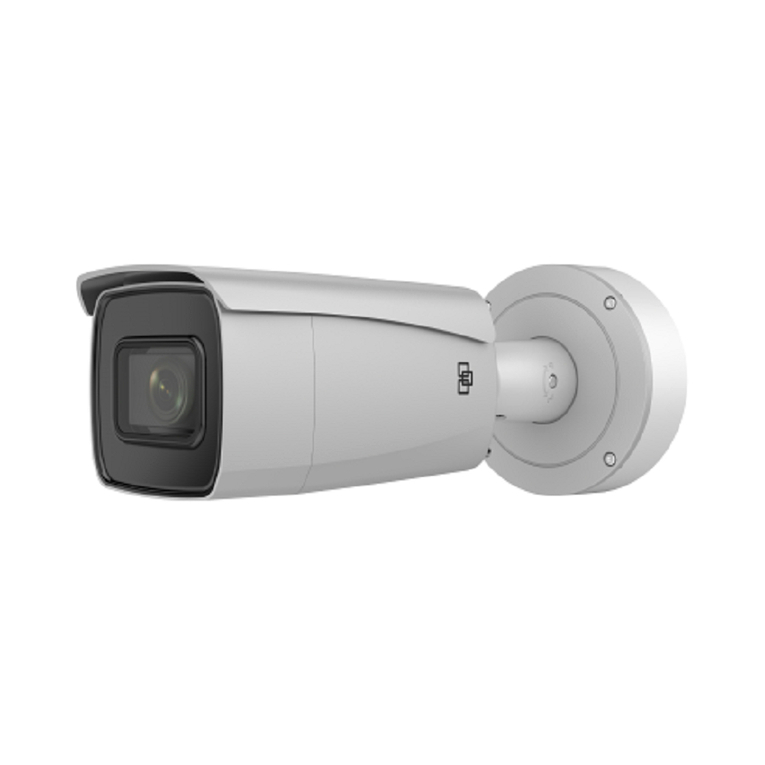
TruVision
TruVision 7 Series User manual
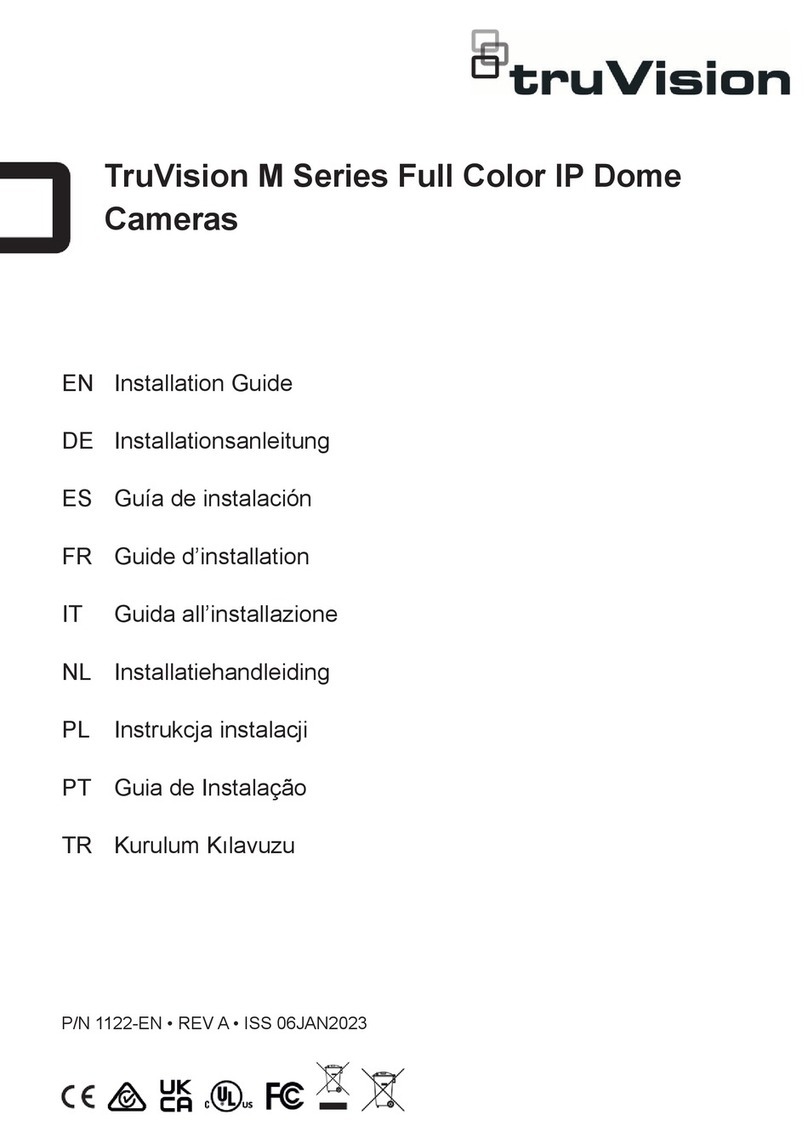
TruVision
TruVision M Series User manual
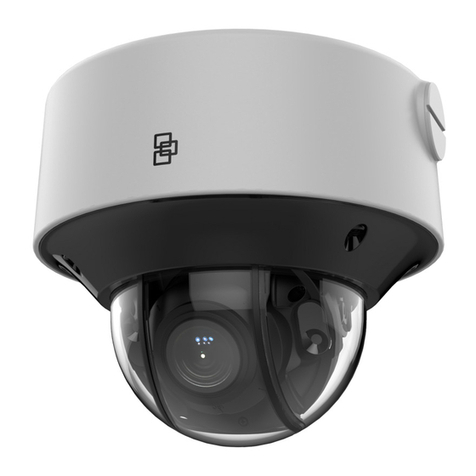
TruVision
TruVision TVD-5711 User manual
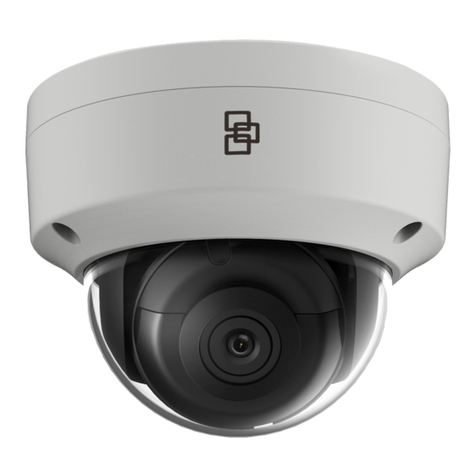
TruVision
TruVision M Series User manual

TruVision
TruVision M Series User manual
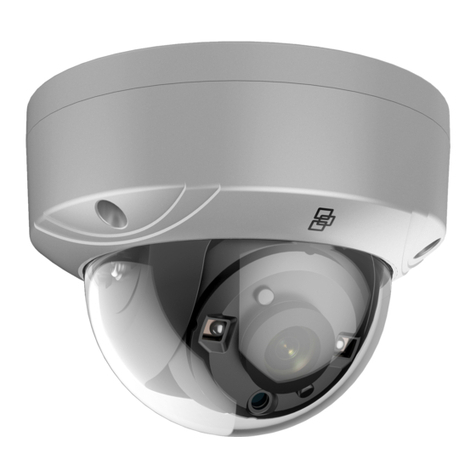
TruVision
TruVision TVD-6102 User manual
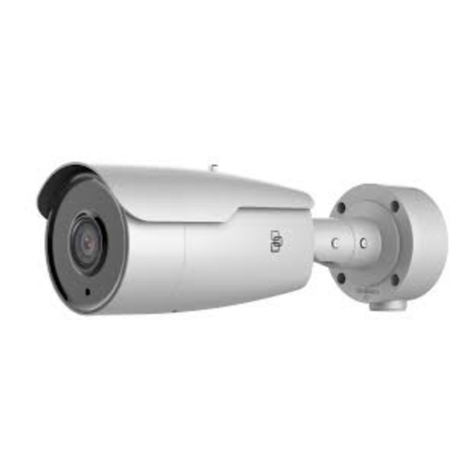
TruVision
TruVision TVB-5412 Instruction sheet

TruVision
TruVision TVGP-P01-0401-PTZ-G User manual

TruVision
TruVision 7 Series Instruction sheet

TruVision
TruVision 7 IP VF TVD-5715 User manual
